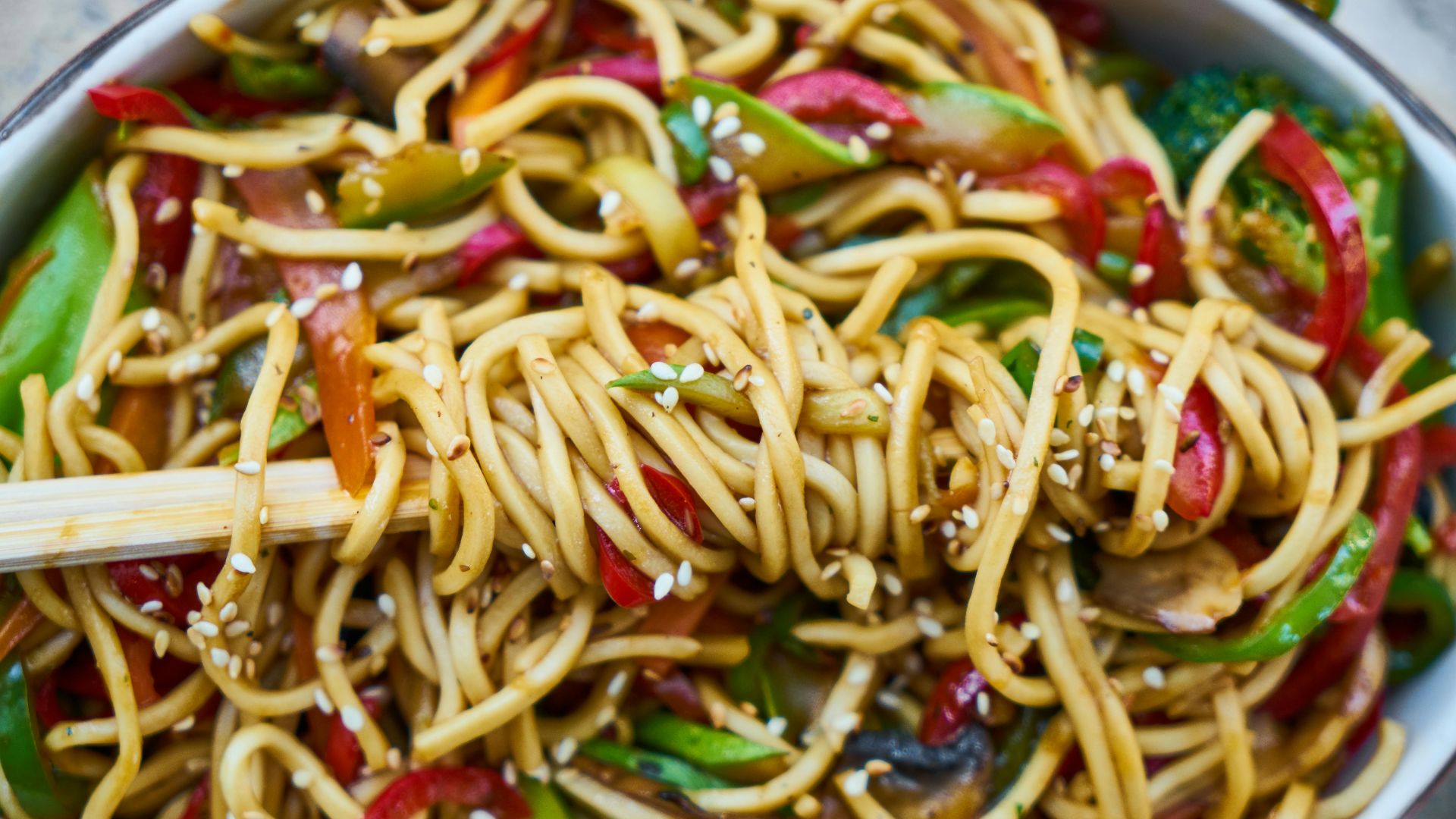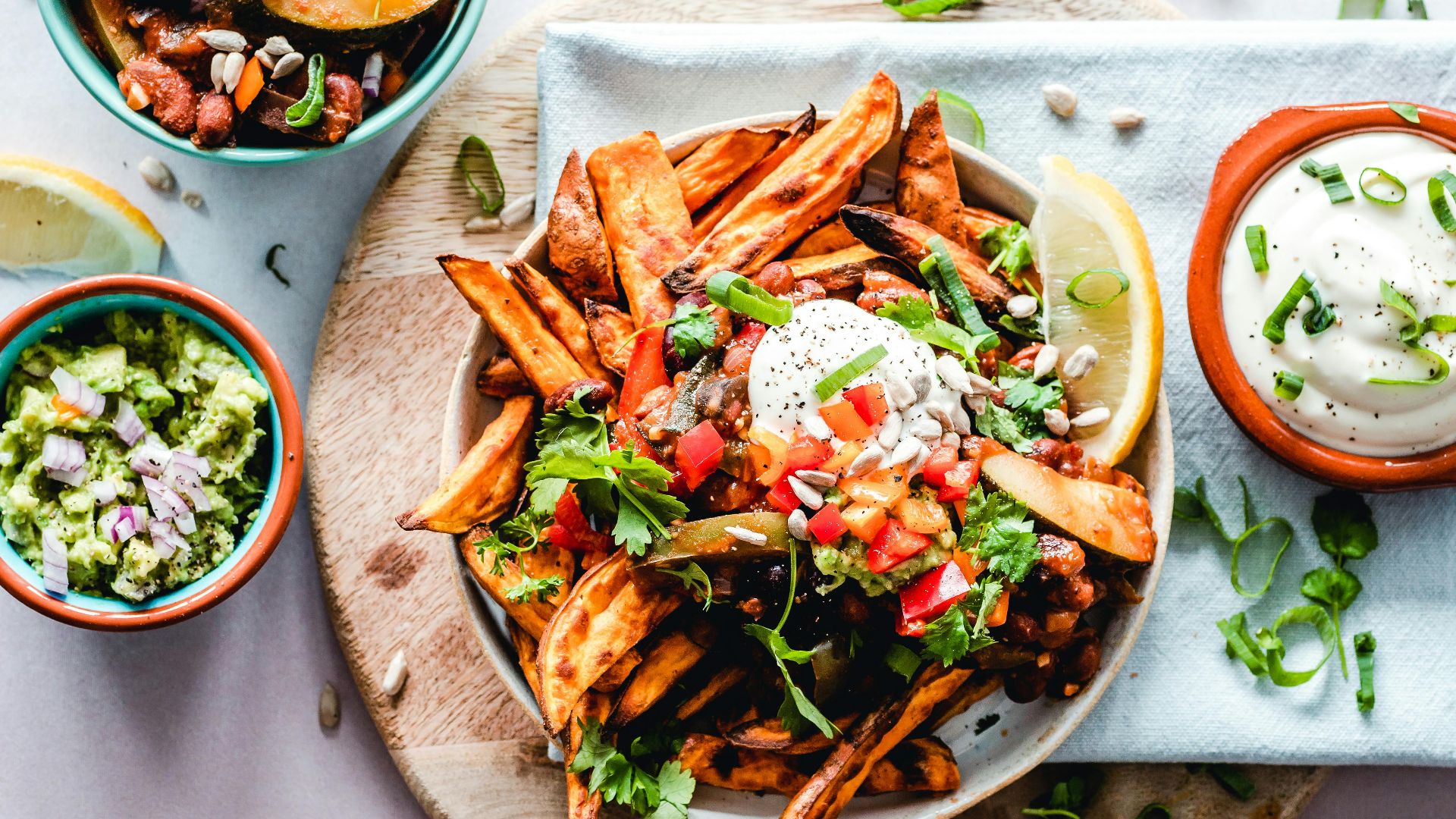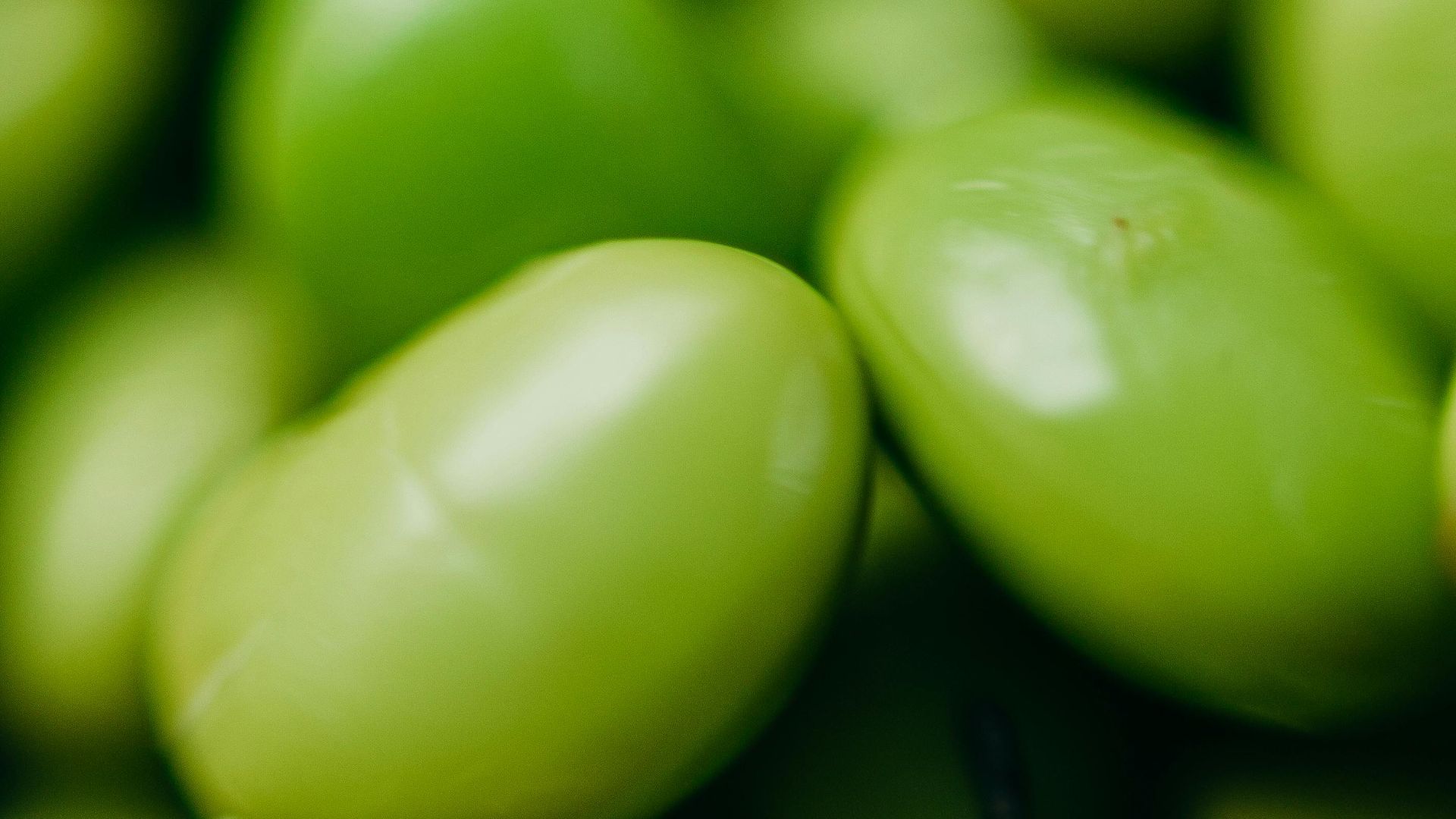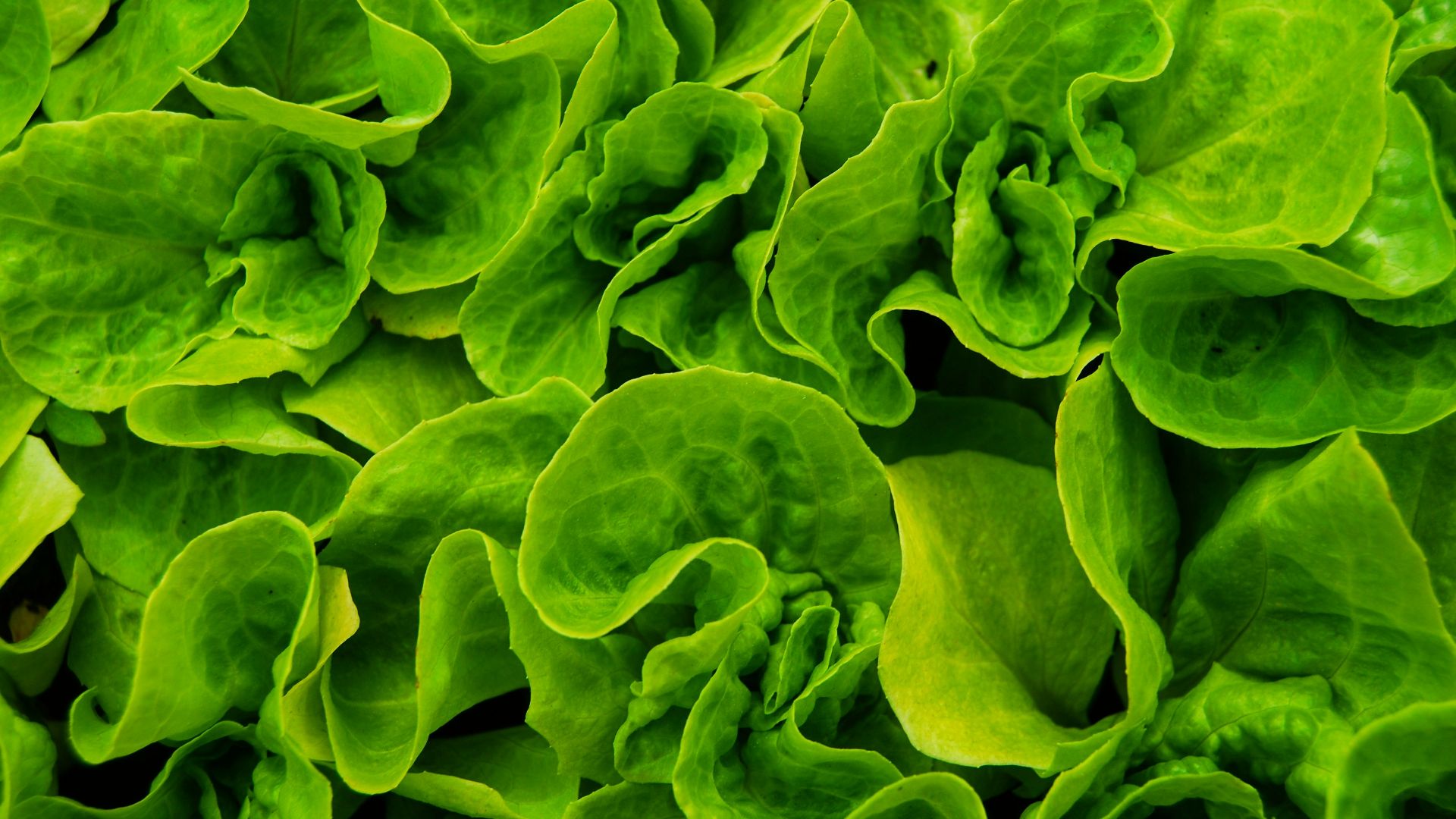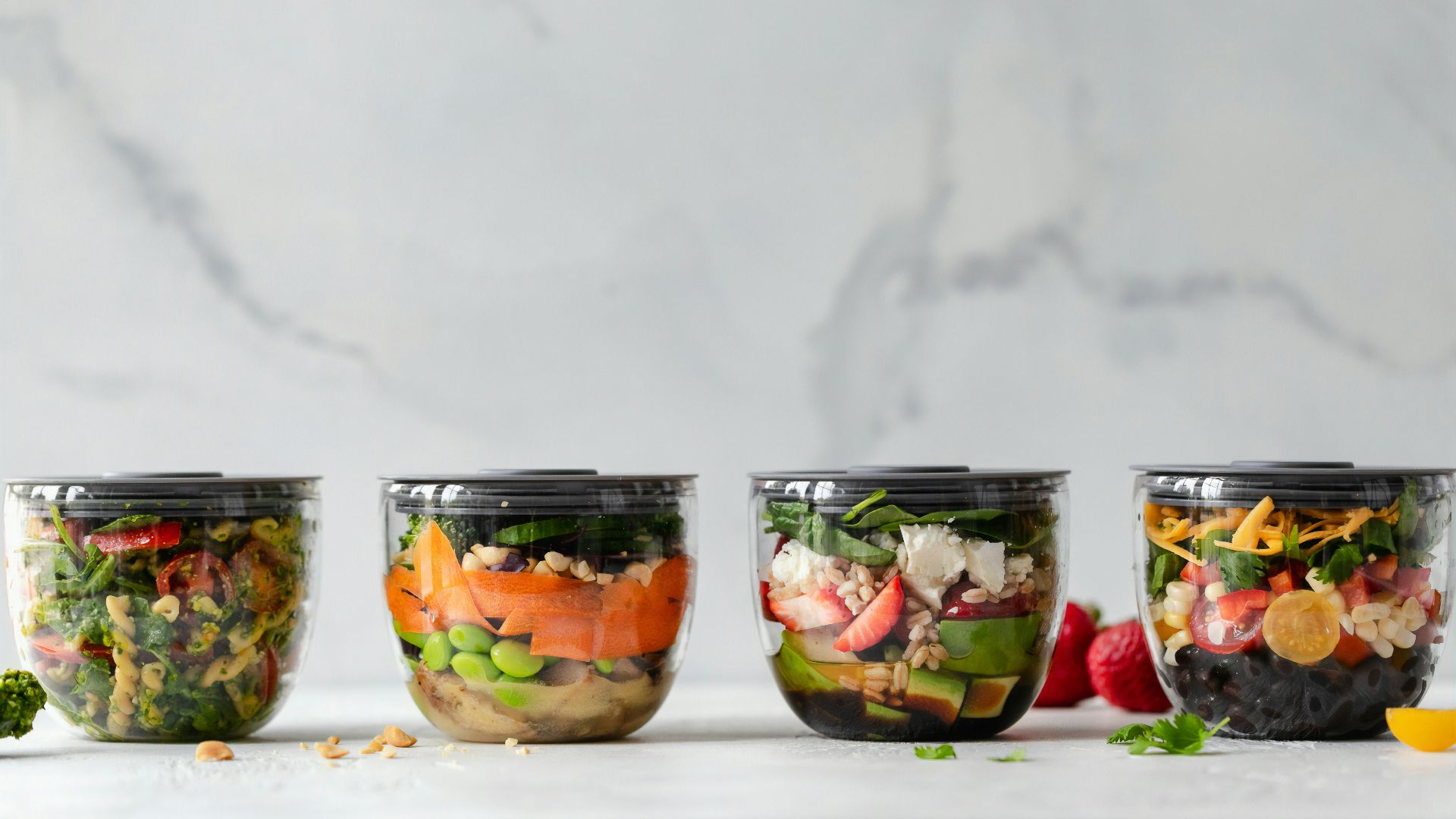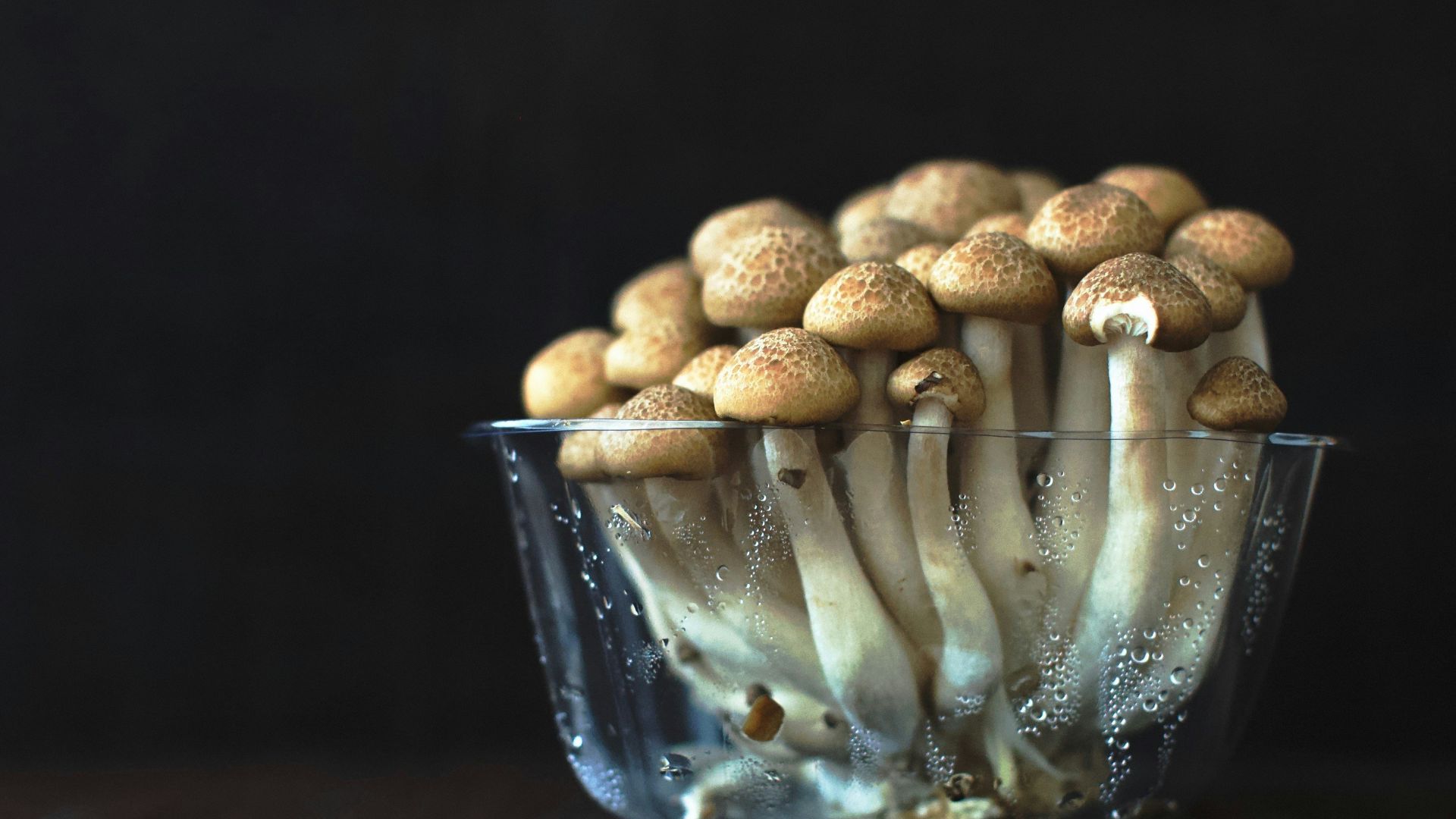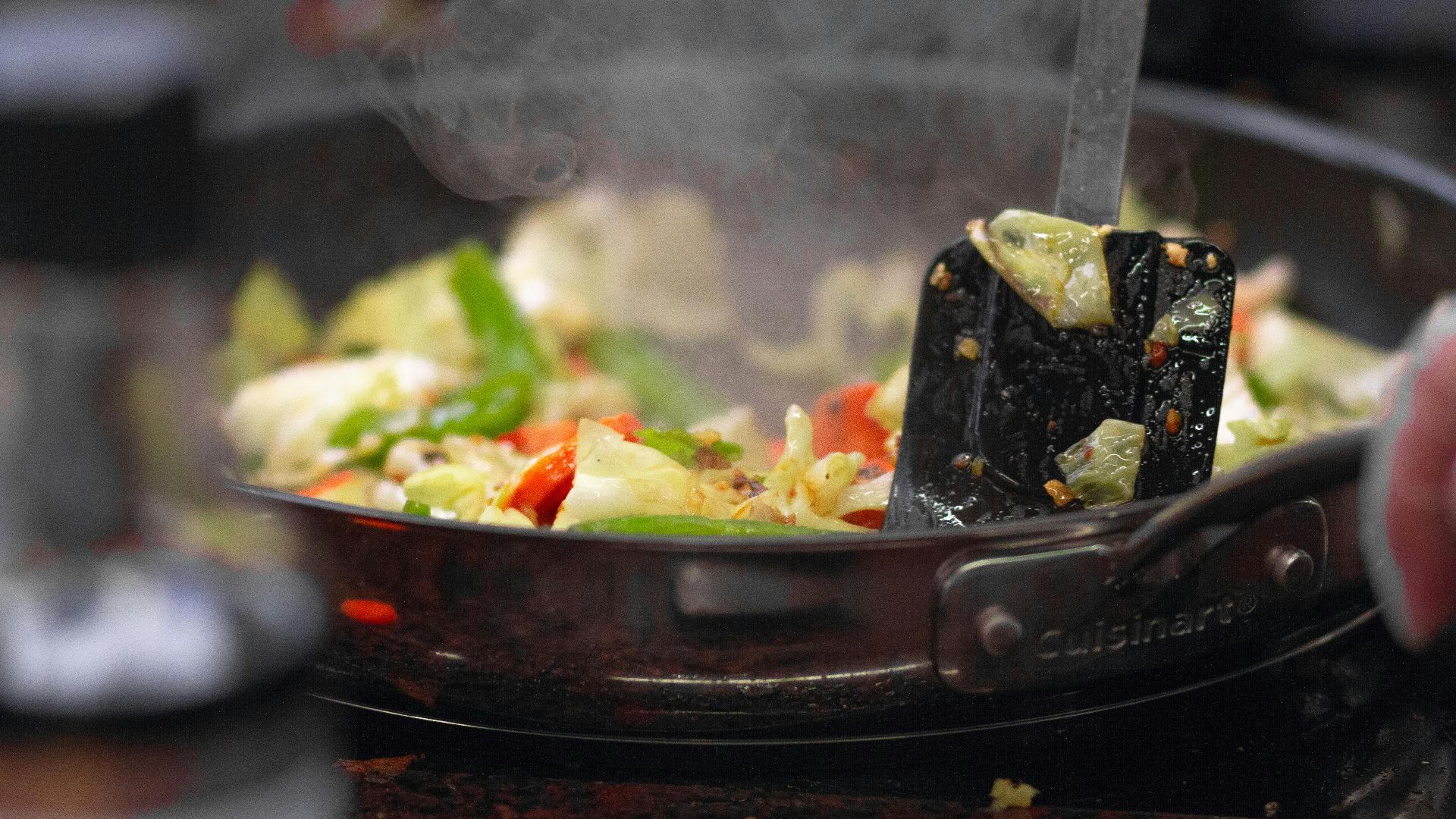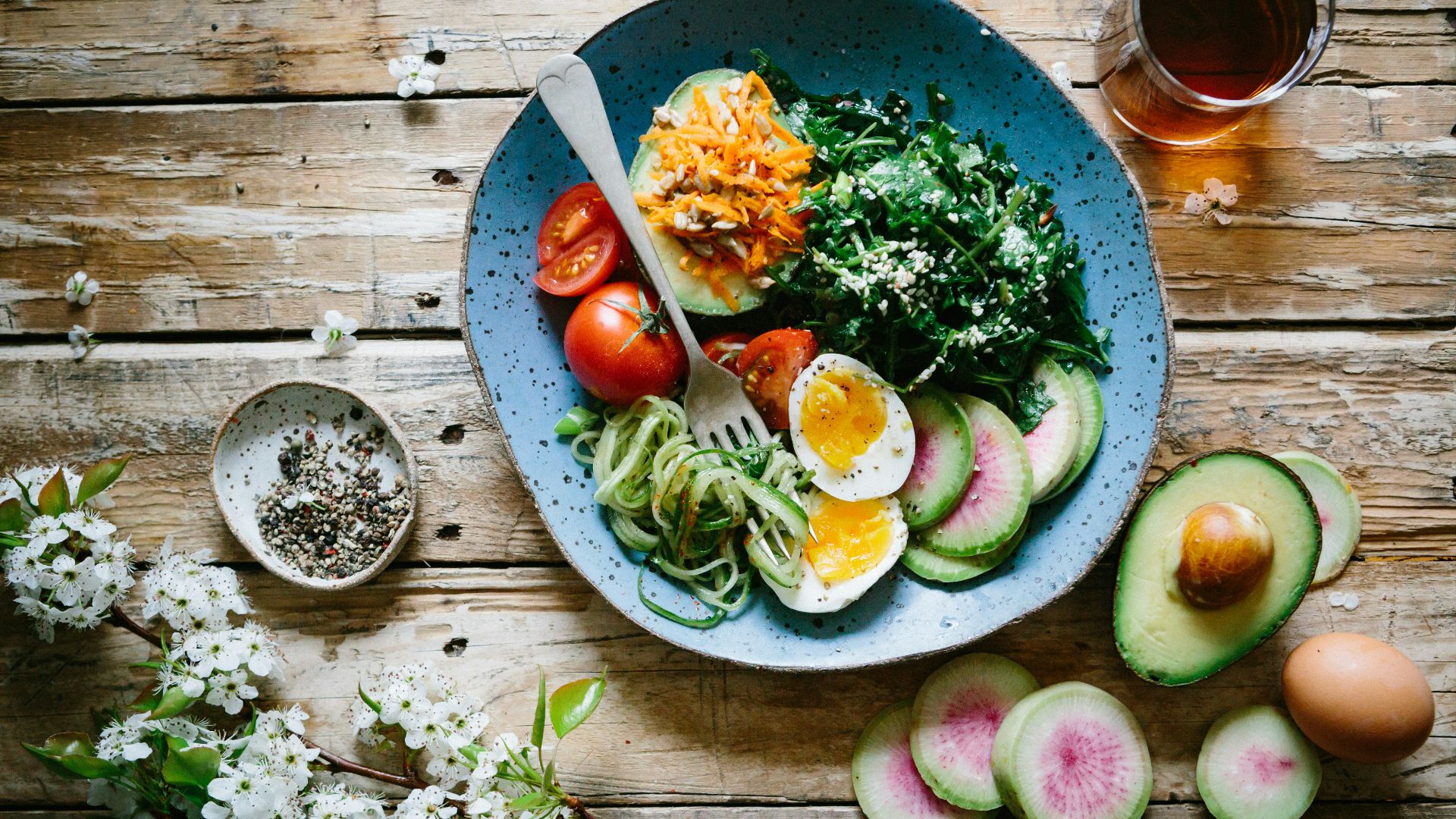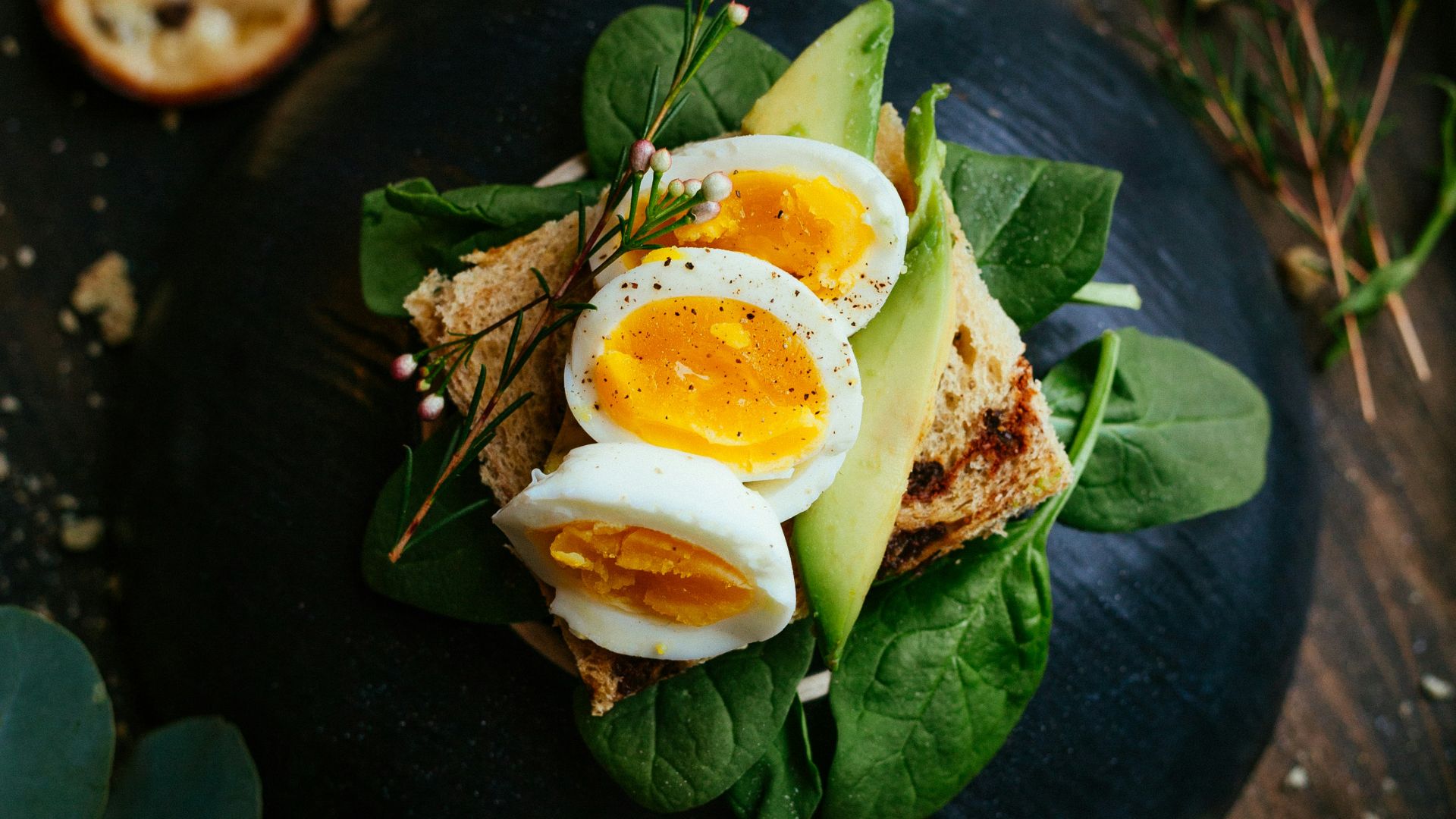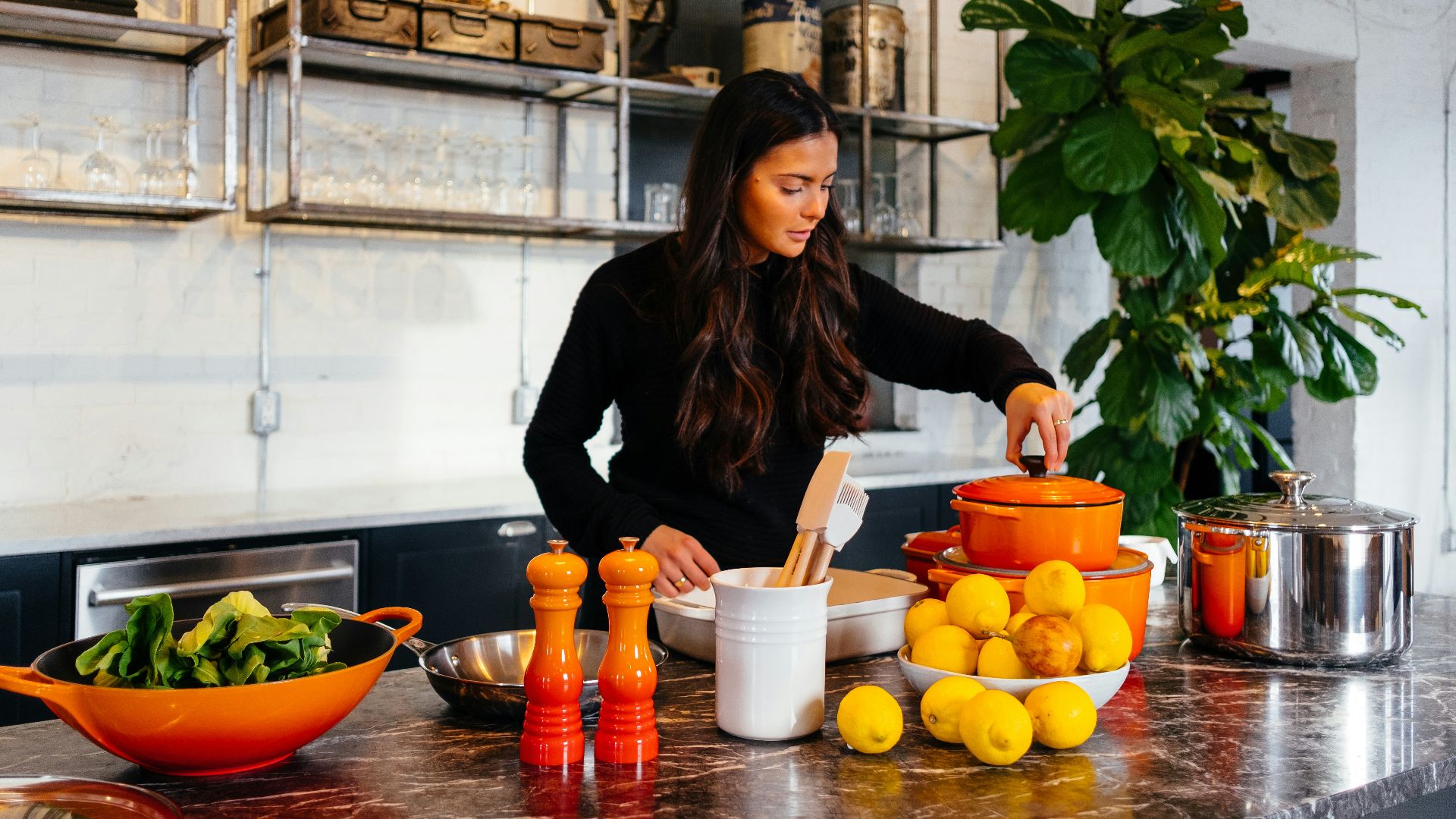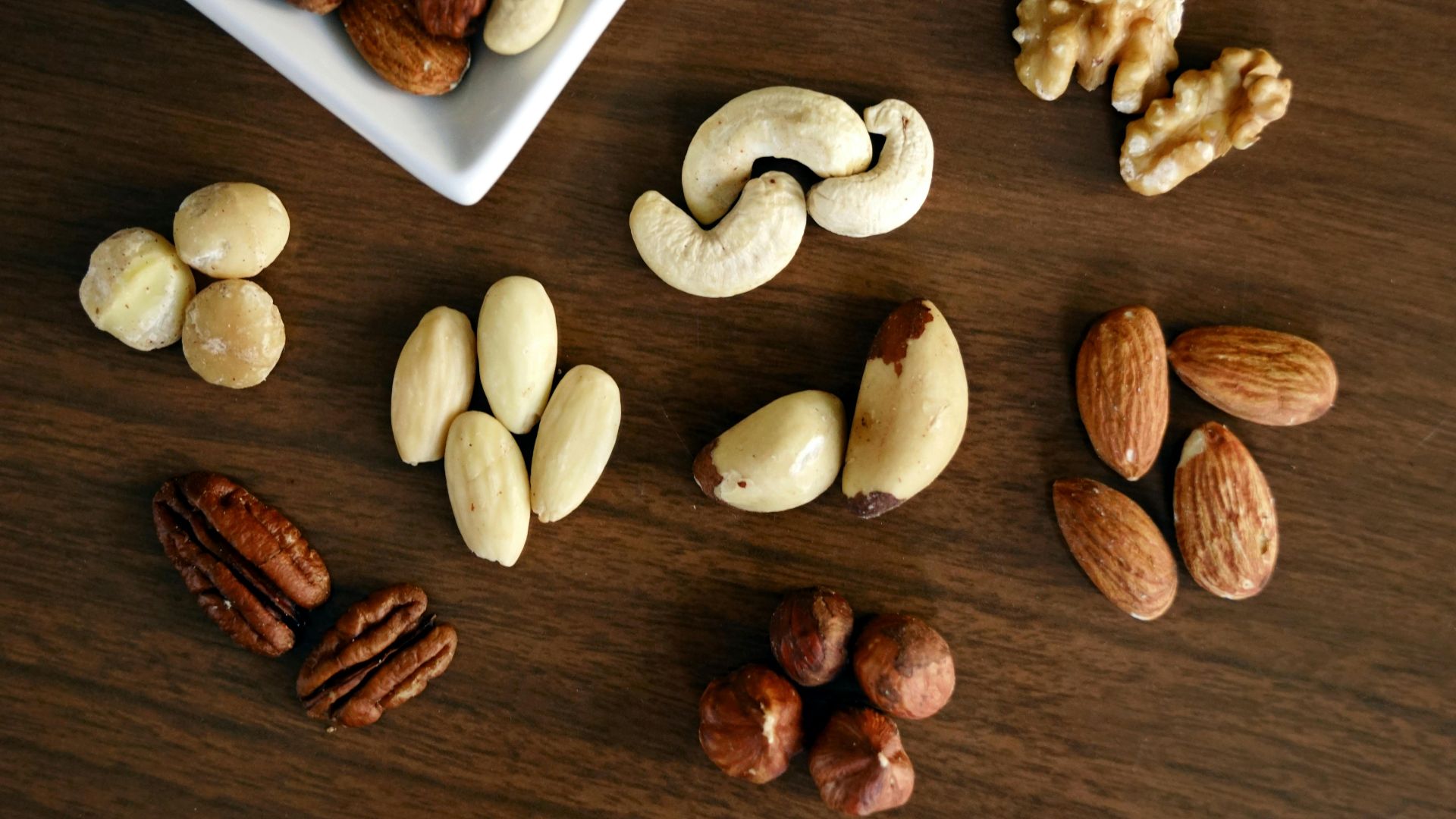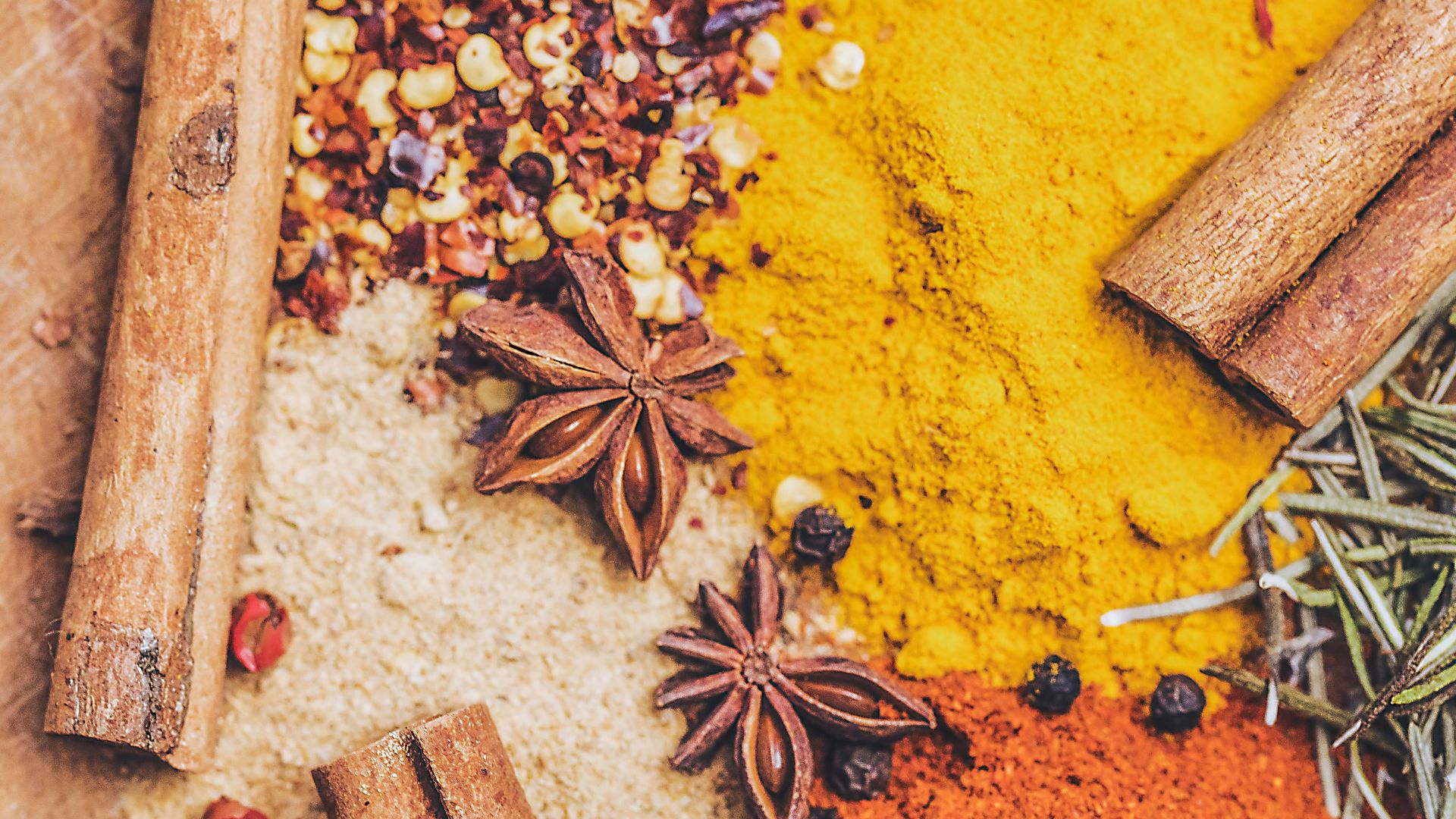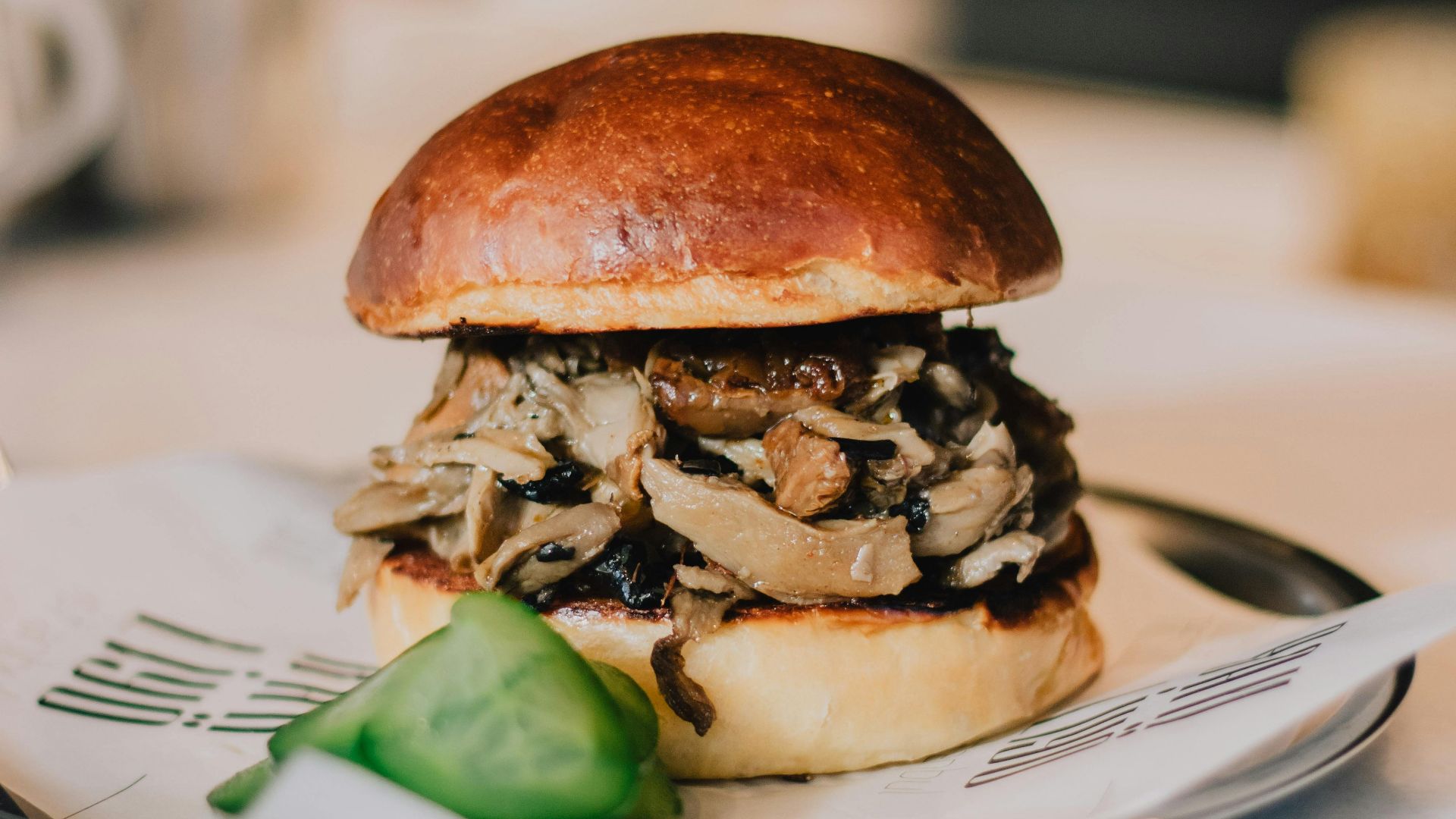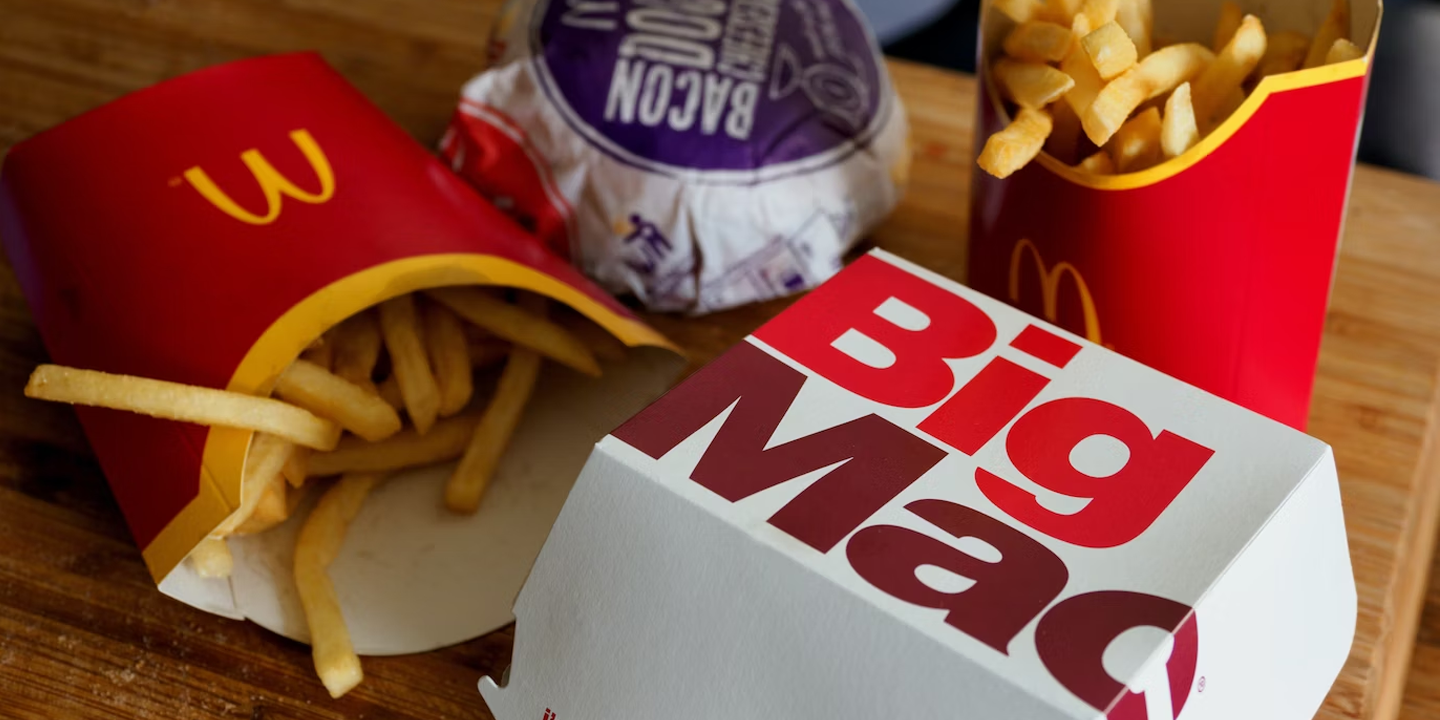Meatless Motivation: 20 Tips For Making A Vegetarian Diet Work For You
Wondering How To Make Plants Your Power Source?
Whether you come from a meat-focused household or you're very much an omnivore already, making that final push to becoming a fully-fledged vegetarian can be difficult. However, in a country where heart disease and type 2 diabetes are rampant, it might be just what your body needs. Whether it's health, environmental, or ethical reasons driving you, the challenges you might be facing are the same. But eating mostly plants doesn't have to feel like a slog; there are countless ways to keep your meals fresh and keep you feeling excited about food. Here are 20 tips for making a vegetarian diet work for you.
1. Start Gradually
No one said you have to quit eating meat cold turkey. Start gradually with Meatless Mondays and work your way up from there.
2. Variety Is Key
Not only is it horribly boring to eat the same thing all the time, but it's not going to give you the nutrients you need either. Make sure you're getting a rainbow of fruits, vegetables, and grains in your diet.
3. Find Suitable Substitutes
One of the main benefits of the vegetarian diet becoming more or less mainstream is the plethora of very convincing meat alternatives available. Anything from plant-based burgers to hot dogs and chicken breasts can be found in almost any grocery store, so you can curb your meat cravings without caving into them.
4. Don't Forget Protein
Just because you're not eating meat anymore doesn't mean you need less protein. Luckily, there are plenty of plant-based sources of protein like beans, lentils, nuts, eggs, cheese, and tofu, and if you still aren't getting enough, you can always incorporate vegan protein shakes into your diet.
5. Get Enough Iron
The main culprit of people complaining they don't have enough energy when switching to a vegetarian diet is iron deficiency. Red meat, seafood, and poultry are usually what first come to mind when thinking of sources of iron, but nuts, seeds, legumes, and leafy greens also contain it.
6. Take Supplements
If necessary, you may want to consider taking supplements for the nutrients that are hard to get in your diet without animal products, like B-12, iron, and vitamin D. Having deficiencies may make you feel weak and discourage you from continuing with your diet.
7. Meal Plan
Planning your meals ahead of time reduces stress and prevents you from giving in to those weird, unhealthy cravings you only have when you're starving. It'll help you stay on track and continue saying "no" to greasy cheeseburgers and "yes" to guilt-free veggie stir-fries.
8. Use Umami Flavors
Usually, the thing our tastebuds are missing when we think we want meat is the umami flavors that form naturally in things like dry-aged beef or a seared steak. Umami is the tantalizing taste of protein that's been broken down into amino acids, but there are plenty of ways to achieve the irresistible flavor without meat. Cheese, mushrooms, and fermented foods like miso and soy sauce are also sources of umami.
9. Experiment With New Recipes
Anyone would want to give up if all they're eating is broccoli and tofu. Don't get stuck in a rut when it comes to recipes. Constantly trying new ones will keep things fresh and help you stay motivated.
10. Balance Your Plate
A vegetarian diet doesn't mean eating like a rabbit. You should still aim to get a mix of carbs, healthy fats, and protein at each meal.
11. Eat Plenty Of Eggs & Dairy
The big difference between being a vegetarian and a full-blown vegan is the inclusion of eggs and dairy in your diet. Eggs and dairy are great sources of vitamin D, calcium, B-12, and protein: things that can be difficult to get enough of from just vegetables.
12. Use A Nutrition Tracker
When you're first transitioning to a vegetarian diet, it may be worth it to use a nutrition tracker to help you ensure you're getting all the nutrients you need. MyFitnessPal or Cronometer are some popular apps.
13. Stay Flexible
Everybody is different. If one thing isn't working for you, you can always evolve your approach. Stay flexible and be gentle with yourself if you mess up or have a bad day.
14. Ask For Help
Particularly if you're someone who has always had meat in your diet, it may be a good idea to work with a nutritionist or dietitian to help you flesh out your diet and reach your goals. Working with a professional can help you come up with a more personalized meal plan.
15. Don't Be Overly Restrictive
Any kind of diet involves some level of restriction, but no one wants to feel overly restricted. Allow yourself some occasional treats. The rarity of them will make them taste that much sweeter.
16. Snack On Nuts
Because vegetables are much less calorie-dense, many people switching to a vegetarian diet report feeling continuously hungry. Snacking on nuts throughout the day is a great way to help you feel more satisfied and meet your protein goals.
17. Be Adventurous
Western food is often meat and potato-based, with vegetarian options leaving a lot to be desired. However, other cultures follow mostly vegetarian diets and feature all plant-based dishes that are bursting with flavor and excitement. Be adventurous with your choices, try dishes from different cultures, and go to restaurants for inspiration so you don't get bored and lose motivation.
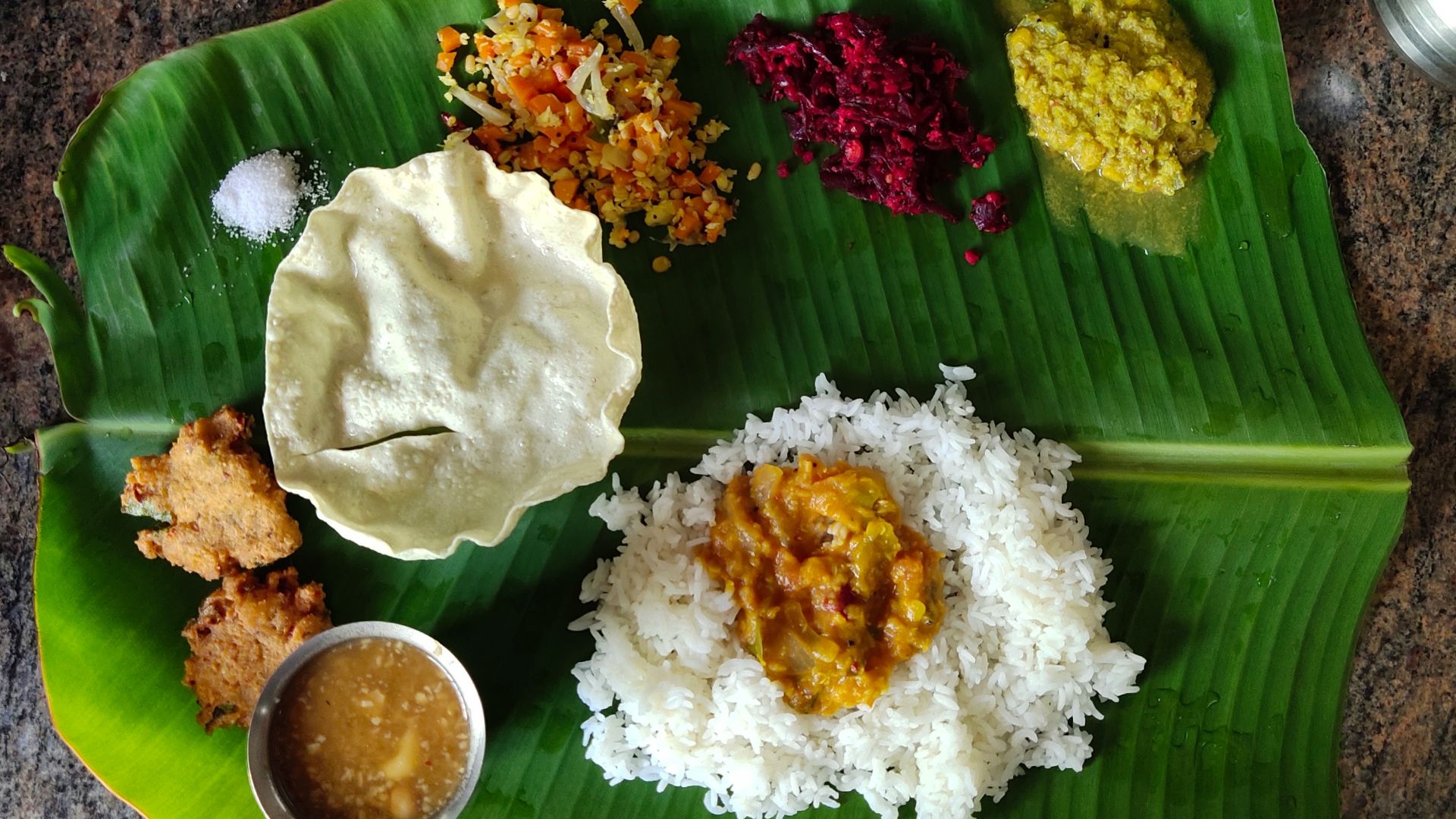 Saktheeswaran Govindarajan on Unsplash
Saktheeswaran Govindarajan on Unsplash
18. Embrace Sauces & Spices
Some vegetables and plant-based proteins can taste bland on their own, but sauces and spices can transform them into something you'll actually feel excited to eat. Some sauces and spices, like pesto and turmeric, are full of added nutrients as well.
19. Connect With Other Vegetarians
If you come from a very meat-focused environment, you might find it tough feeling like an outsider. Joining a vegetarian community can help you feel more accepted and supported.
20. Get Creative With Texture
A surprising amount of what makes something feel "meaty" is the texture. Mimic the texture of animal protein with things like sautéed mushrooms, roasted tofu, and crunchy toasted nuts to satisfy your meat cravings.
KEEP ON READING
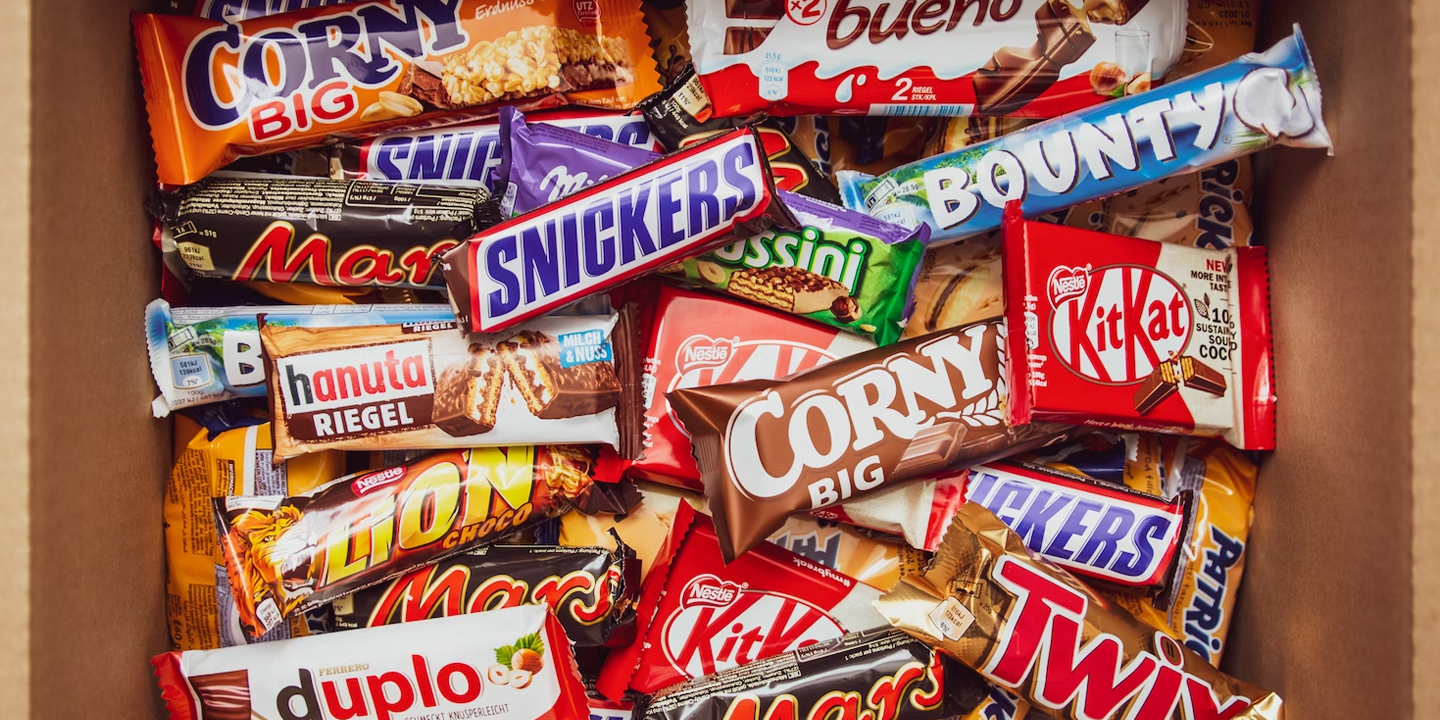
The Most Popular Chocolate Bars in the USA




